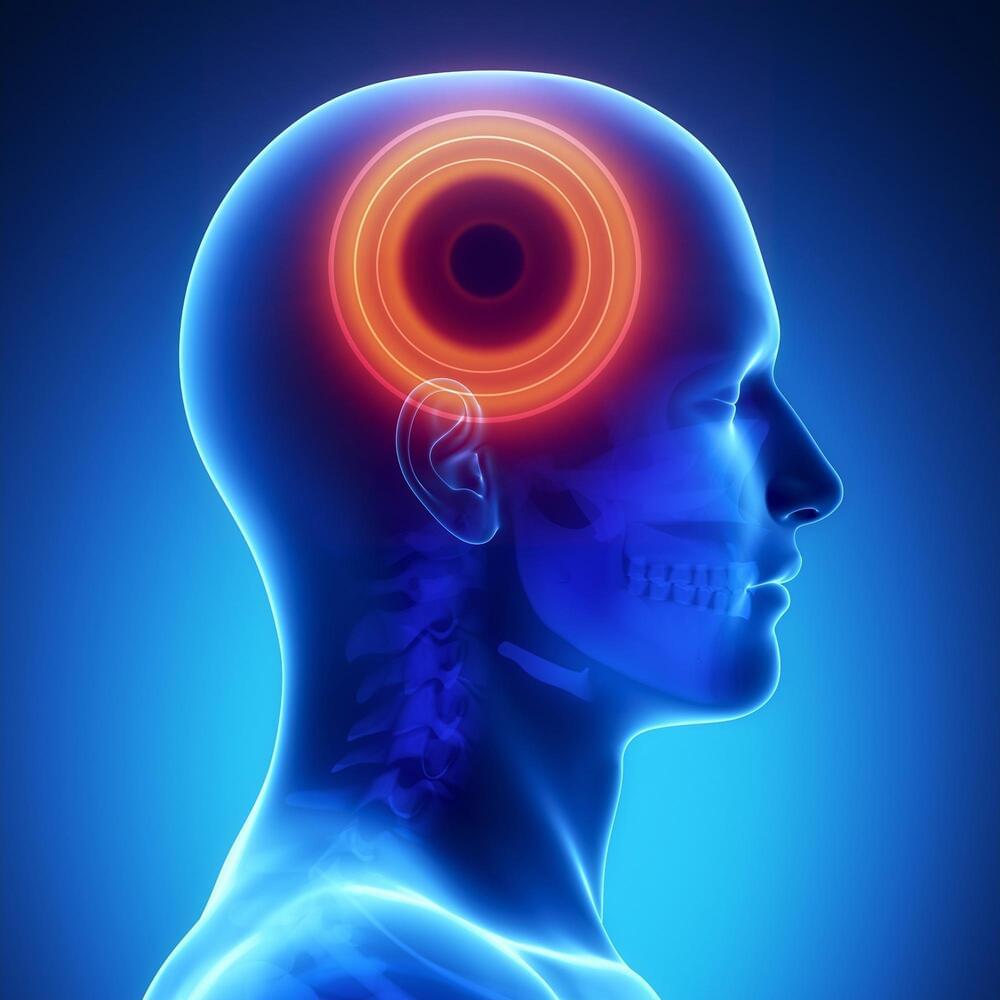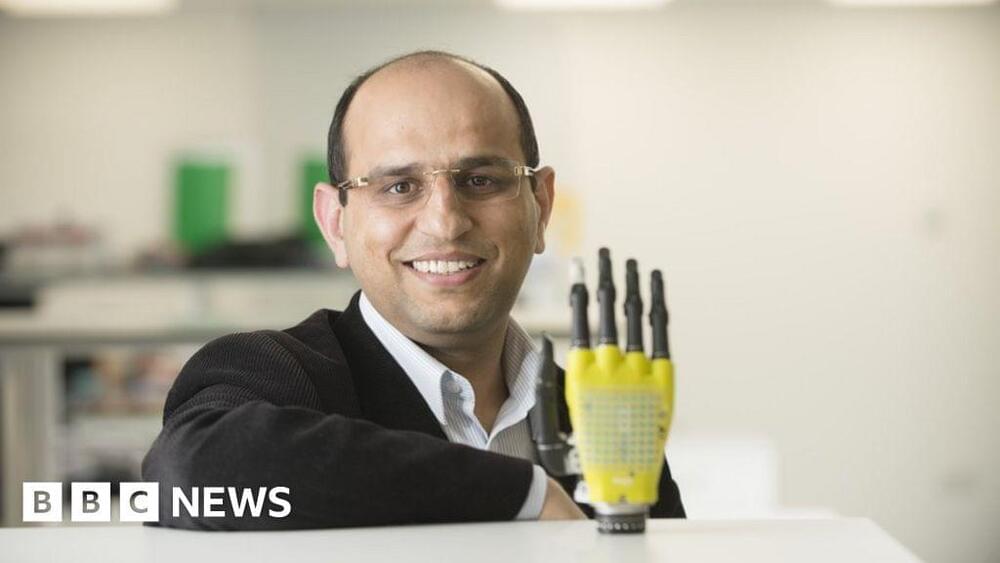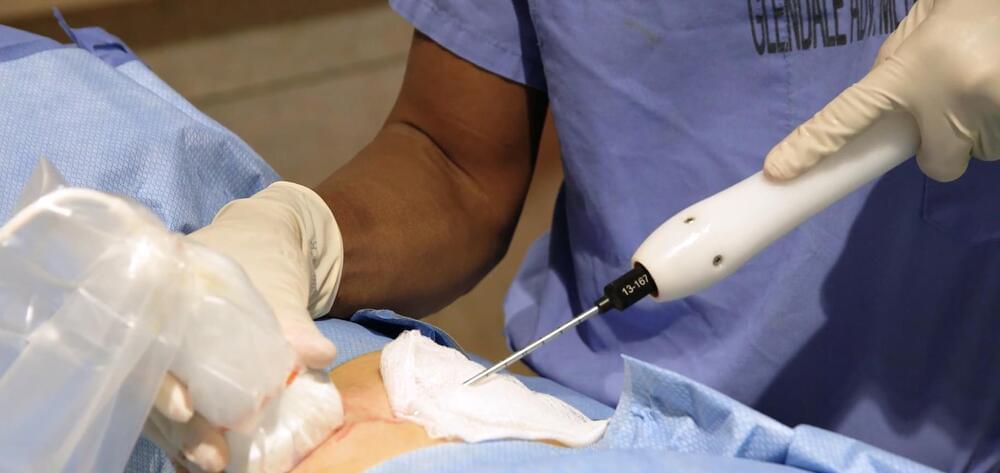Using generative AI, this time lapse sequence shows how melanoma skin cancer develops over 10 years. Starting with normal skin, slow progression to stage 4 melanoma is shown.
Obviously, such a time lapse can not be realistically accomplished as there is no way to know if any given area of skin will turn into cancer. Obviously, somebody with such future knowledge would have to start taking such photos now in the same spot over next 10 years to watch it slowly turn into cancer.
Watch time lapse video of basal cell carcinoma: https://youtube.com/shorts/d_O5zHgKnP8
Watch this video to see how these can be surgical removed: https://youtu.be/Op3zYytUDDs.
Video created by Dr. Christopher Chang:







